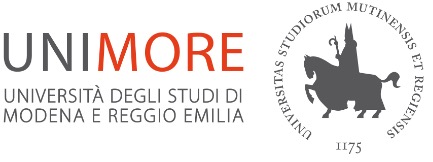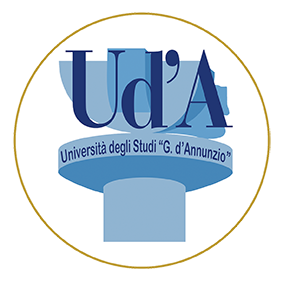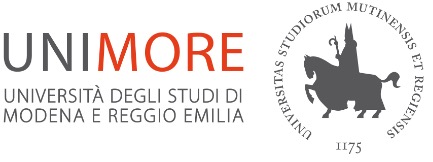

Organizational model for characterization and treatment of orphan bilateral blindness due to different forms of ocular surface stem cell deficiency: the bioengineered oral mucosa from bench to bedside – Piano Nazionale di Ripresa e Resilienza (PNRR) 2022
PROJECT DESCRIPTION
Corneal opacity affecting 4.5 million people worldwide, is the fifth leading cause of blindness in the world. Complete bilateral corneal stem cell deficiency is associated with blindness due to a total absence of corneal stem cells affecting both eyes. Autologous approaches such as SLET or CLET are not applicable as no residual limbus is available to extract stem cells. The standard of care is generally the allogeneic transplant of conjunctival-limbal or kerato-limbal graft, with significant issues: disease transmission and most transplants fail within five years, and the associated graft rejection requires immunosuppressants with associated risks. The patient illness has high costs for repeated treatments and procedures and impacts on quality of life and productivity.
The autologous bioengineered oral mucosa has the potential to avoid these issues and has shown clinical efficacy in previous proof of concept applications on heterogeneous cases. The clinical trial design is essential to consider early in the translational pipeline as it takes time to identify and recruit the most appropriate patients for such trial. Previously, the misinterpretation of in vivo patient environment resulted in a decrease in the effectiveness of the therapy through the clinical trial phases. Hence, official quality definition of clinical and surgical procedures can improve the outcomes, reducing the negative impact on time and costs for the NHS.
Project Objectives
This project aims to develop a novel therapeutic approach based on the creation of a fully autologous pseudo-turbinate, composed of a clinically validated tissue-engineered nasal cartilage graft (N-TEC) covered by a functional respiratory epithelium. By employing advanced single-cell transcriptomic techniques, the project seeks to identify the molecular fingerprint of airway epithelial stem cells and to study the interactions between the engineered cartilage and epithelial tissue. The ultimate goal is to regenerate a fully functional, three-dimensional human nasal turbinate.
The project benefits from the multidisciplinary research team’s extensive expertise in cell therapy, tissue engineering, and the translational application of regenerative medicine strategies.
MILESTONES
Milestones 12 month
M1. Patient enrollment completed at least 3 patients per group of pathologies
M2. Patient database for clinical and molecular data
M3. Implementation of medical services
M4. Definition of the patient journey and dedicated personnel
Milestones 24 month
M5. Clinical and molecular characterization of patients
M6. Data on subgroups of patients
M7. Preclinical demonstration of the feasibility of the bioengineering process and characterization
M7. Defined clinical protocols for the different pathologies
M8. Submitted package for authorization to phase I clinical trial
PROJECT INFORMATION
Project Code: PNRR-MR1-2022-12376561
Data di costituzione dell’ATS: 4/10/2023 – Data di sottoscrizione della convenzione: 29/02/2024 – Data di fine progetto: 29/08/2026
Funded under:

COORDINATOR:

Azienda Ospedaliero-Universitaria Policlinico Umberto I (Italy) – PI/Coordinator: Alessandro Lambiase
OTHER OPERATIVE UNITS:

Azienda Ospedaliera San Giovanni Addolorata – Key Personnel Name: Augusto Pocobelli

Università degli Studi “G. d’Annunzio” Chieti-Pescara – Key Personnel Name: Mario Nubile

Università degli Studi di Modena e Reggio Emilia – Key Personnel Name: Graziella Pellegrini
